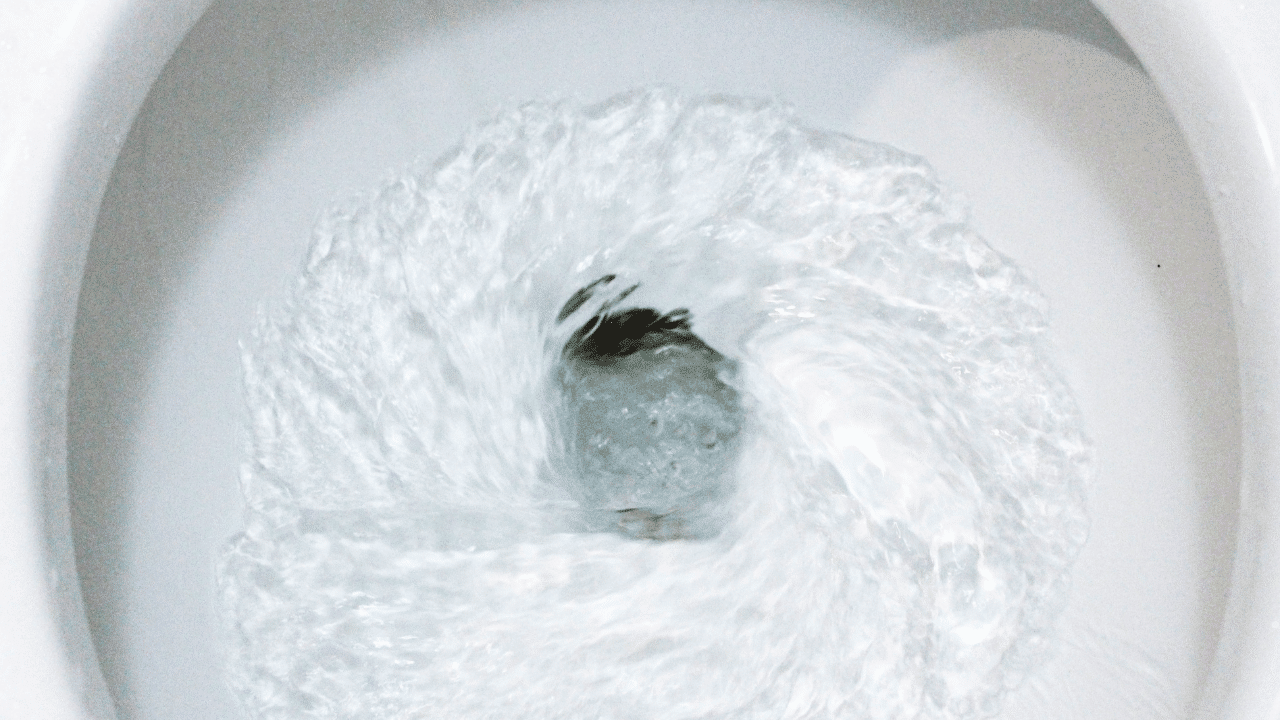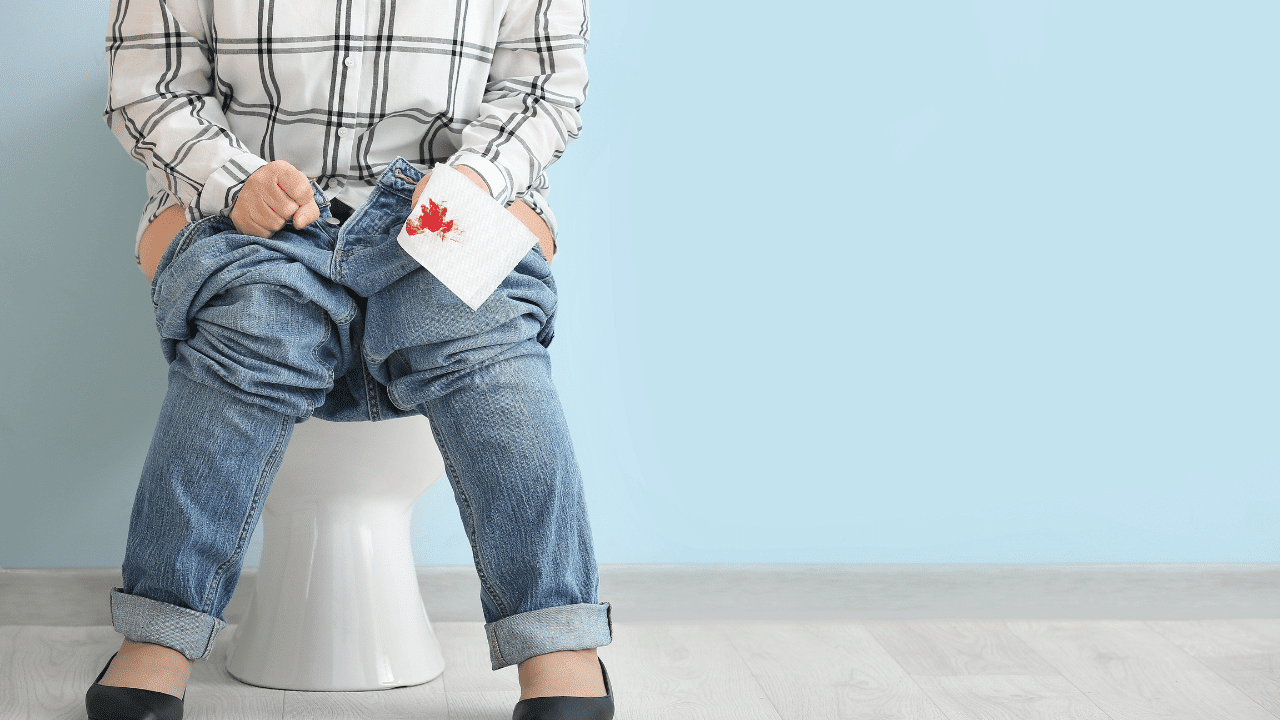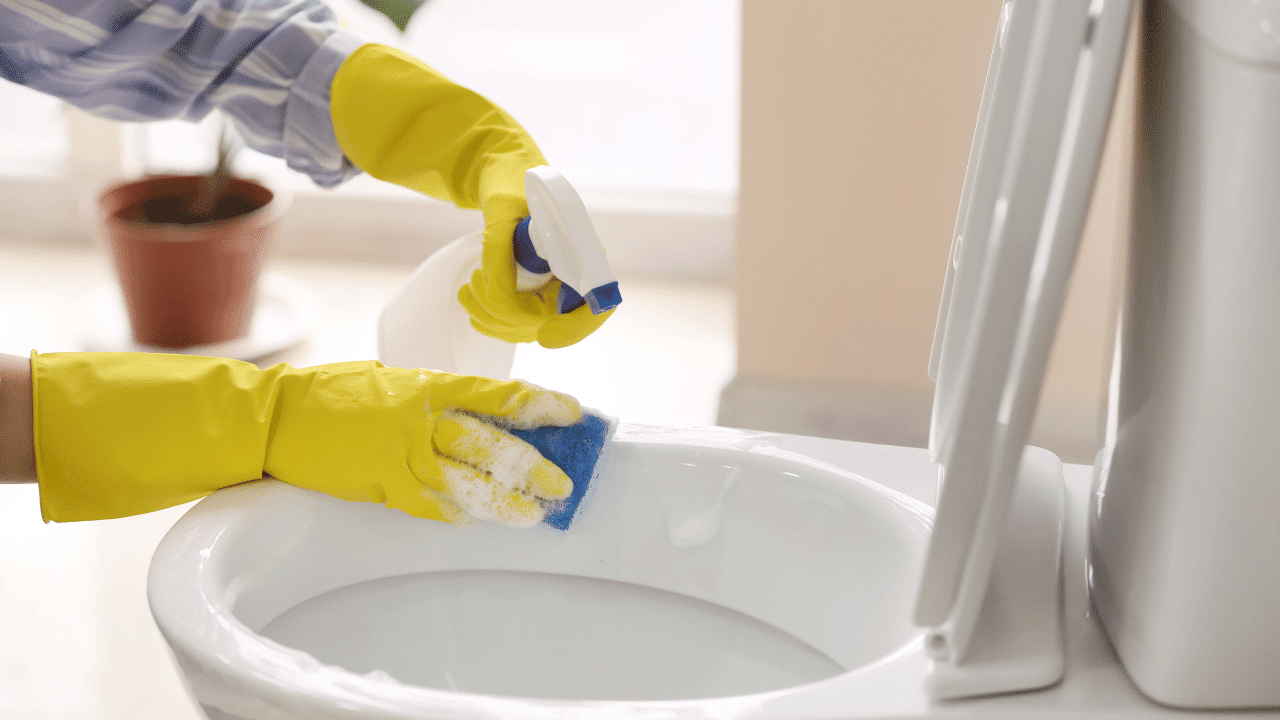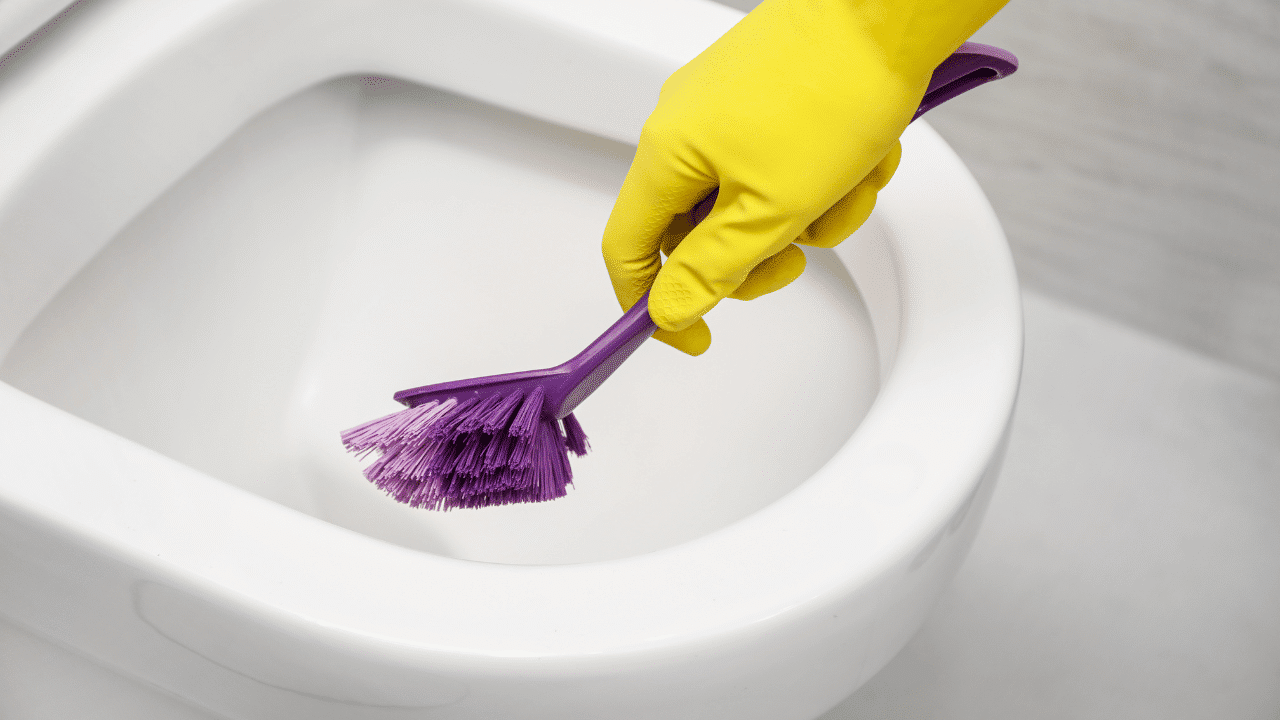Last Updated on September 7, 2023 by Pro Handyman Australia – Editorial Team
When searching for a new toilet, prioritize one that boasts efficient flushing capabilities. An efficient flush system ensures that waste is disposed of effectively, reducing the risk of clogs and ensuring a cleaner bowl.
Size and Fit:
Ensure the toilet’s dimensions align with the available space in your bathroom. While it’s tempting to opt for stylish or larger models, remember that the toilet should seamlessly fit within your bathroom layout.
Consider Your Budget:
While quality is paramount, it’s also essential to select a toilet that doesn’t stretch your finances too thin. Many reputable brands offer efficient toilets at various price points, ensuring you don’t compromise on quality even if you’re on a budget.
Comfort is Key:
Lastly, comfort should never be an afterthought. Since the toilet will be used frequently, make sure the seat and height cater to the comfort of you and your household members. A comfortable seat ensures a more pleasant experience for every user.
Understanding the Fundamentals of Toilet Selection

Significance of Your Bathroom’s Essential Fixture
The toilet is undeniably one of the most crucial elements in your home. While aesthetics and cost are important, the efficiency in water usage and flushing capability should be at the forefront of your decision-making. A top-notch toilet conserves water while ensuring a clean bowl with just a single flush. Opting for an inefficient model can lead to years of inconvenience. This guide aims to assist you in selecting a high-quality toilet that aligns with your bathroom’s design, your financial plan, and your comfort.
Embracing Efficient Low-Flow Toilets
Since 1994, the introduction of low-flow toilets, which utilize 1.6 gallons per flush or less, became the benchmark. Initially, these toilets faced challenges as manufacturers merely adjusted certain features to reduce water consumption without altering the fundamental design, often necessitating double flushes and defeating the purpose of water conservation. However, the past decade and a half have seen substantial enhancements. Innovations like enlarged trap-ways to reduce blockages and bigger flush valves for a more forceful water flow have revolutionized their efficiency. Keep these advancements in mind as they’ll simplify your selection process.
Evaluating the Cost of New Toilets
While it’s possible to acquire budget-friendly toilets for under $75, it’s essential to note that their components and overall quality might be compromised. These models might not guarantee a potent flush. Given the daily usage of toilets over many years, it’s advisable to invest in a reliable one. Gravity toilets typically range from $100 to $500, while pressure-assist variants are priced between $225 and $600.
Exploring Diverse Shopping Avenues
Though home centers provide a selection of top-tier toilets, they don’t encompass the full range. For an expansive array of options, consider exploring bathroom showrooms and online retailers.
Anticipating Potential Repair Expenditures
While custom seats and unique flushing systems add a touch of luxury, they might prove to be a hassle if they require replacement. Custom toilet seats, for instance, can cost upwards of $100, assuming they remain available in the future.
Addressing Tank Condensation Issues
If your current toilet’s tank is prone to condensation and dripping, you might want to consider a pressure-assist model. The design, which involves water retention within an inner tank, prevents the external tank from sweating. Alternatively, for those inclined towards gravity toilets, it’s possible to procure models with pre-installed tank insulation, although this might add $50 to $100 to the overall price, based on the specific model.
Understanding the Rough-In Measurement

The rough-in for a toilet pertains to the distance spanning from the wall’s surface to the midpoint of the toilet’s floor drain or waste outlet. A 12-inch rough-in is standard for many toilets, but particularly in older houses, you might find deviations like 10 or 14 inches. Always take accurate measurements instead of making assumptions to ensure that the toilet you select is a perfect fit. For precision, always measure starting from the wall’s surface, not the baseboard or any moldings. An accurate rough-in spares you the inconvenience of unnecessary adjustments or the hassle of returning a misfit toilet. If your current toilet prevents a direct view of the drain’s center, you can measure from the wall to the midpoint of the bolt caps that typically flank both sides of the toilet. However, it’s essential to note that rear-outlet toilets have a distinct configuration: instead of the waste draining through the floor, it gets directed through the wall. For such toilets, the rough-in measurement is calculated from the floor to the waste outlet’s center.
Choosing the Right Bowl Shape
Toilets come in two primary bowl shapes. Round bowls are usually more compact, making them an excellent choice for bathrooms with limited space. On the other hand, elongated bowls extend a couple of inches more towards the front, providing an added layer of comfort. If you’re leaning towards an elongated design, ensure you measure your available space carefully. You wouldn’t want the extended front clashing with doors, drawers, or any other fixtures in the vicinity.
Deciphering Bowl Height
Bowl height refers to the vertical distance from the floor to the bowl’s top, not counting the toilet seat. The average height for most toilet bowls lies between 14 and 16 inches. For those seeking a bit more comfort, especially catering to the needs of the elderly or those with mobility concerns, there are taller variants compliant with the Americans with Disabilities Act (ADA). These toilets, often termed as “comfort height toilets”, boast a height ranging from 17 to 19 inches, offering ease and support for the knees and back. Remember, when you add a toilet seat, it could introduce an extra half to one inch to the bowl’s height.
Understanding Various Toilet Designs and Styles

One-Piece Toilets: Seamless and Sleek One-piece toilets are constructed as an integrated unit, with the bowl and tank combined into a single structure. This design lends a sleek and seamless appearance to the bathroom. Additionally, many homeowners appreciate them for their easy cleaning nature, primarily due to fewer gaps and crevices where dirt can accumulate.
Corner Toilets: Maximizing Limited Spaces For those working with limited bathroom spaces or aiming to convert a tiny room into a half-bath, corner toilets present an ideal solution. Designed to fit snugly into a bathroom’s corner, these units are perfect for optimizing floor space.
Two-Piece Toilets: The Timeless Classic Representing the traditional toilet design, two-piece toilets come with separate tank and bowl components. Here, the tank is bolted onto the bowl, embodying a design that has stood the test of time in many households.
Rear Outlet Toilets: Modern and European-Inspired Differing from conventional designs, rear outlet toilets direct waste through plumbing located in the wall, as opposed to the floor. These units, which are already a staple in European bathrooms, are increasingly finding favor in the U.S. Not only are they versatile in terms of bathroom placement, but they are also especially useful for bathroom additions situated on concrete slabs.
High Tank Toilets: A Nod to Vintage Charm High tank toilets effortlessly meld vintage aesthetics with the demands of modern functionality. These units feature tanks positioned higher up on the wall, distinct from the bowl. To flush, one simply pulls a chain, releasing water from the elevated tank into the bowl, which then drains out. The design adds a touch of classic elegance to any bathroom setting.
Conclusion
Navigating the world of toilet bowls might seem straightforward at first glance, but as you delve deeper, it’s evident that the choices and nuances can be quite intricate. From understanding various designs and functionalities to factoring in space constraints and style preferences, there’s much to consider. This guide aims to simplify the process by shedding light on the essential aspects of toilet bowl selection. Remember, your choice is more than just about aesthetics; it’s about finding a functional piece that aligns with your bathroom’s needs, all while ensuring durability and efficiency. As you make your final decision, prioritize comfort, water conservation, and easy maintenance to ensure your investment stands the test of time. Happy toilet shopping!
